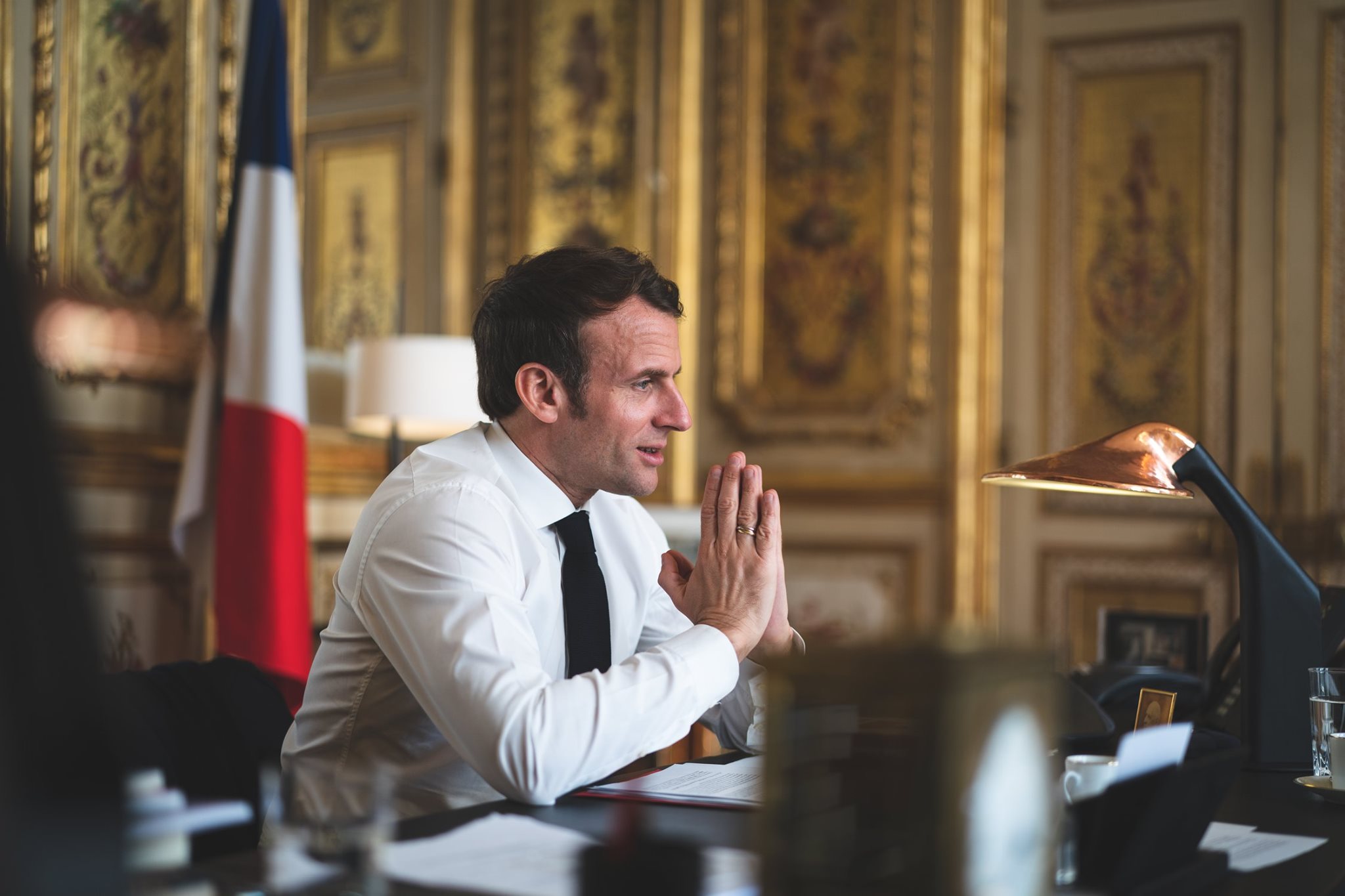How France plans to bring back productions flown to Asia with the tax cut

The 100 billion dollar plan of the French government for economic revival in the study by Enrico Martial
The plan by 100 billion of the French government for economic recovery, as well as for seventy measures, on three axes – the environment, competitiveness and cohesion – deserves at least six focal points.
The first is in the effort to reindustrialize and strengthen the competitiveness of businesses. At least in the intentions, the idea is to relocate, that is, to bring industrial activities that have been delocalized over the years on a global level back to France – in particular in China and Asia. In this sense, the measure to reduce taxes on production must be interpreted, which alone is worth 20 billion over two years, but which will continue for the following years. The intention is to create a competitive context comparable to the countries that have stolen businesses and jobs from Europe, starting precisely from the tax burden on production: however, the effect is also in intra-European competitiveness, for example with respect to Germany. To this measure are added 3 billion of loans (which would leverage for a total of 15 billion) and finally 1 billion of specific measures both to keep companies in France and to call new ones, with a public tender. Reindustrialisation and innovation are on the other hand one of the characteristics of the Macron presidency, on the line of industry 4.0 – similar to ours and to the German one – with the idea of Start-up Nation for innovation, up to the call to companies fleeing from Brexit London.
PLAN
Unlike Germany which acts on consumption, it should also be noted that it is a plan focused on production, in an effort to at least partially transform the productive fabric. Examples include the creation of a green hydrogen supply chain (i.e. starting from renewable sources), battery plants (such as the Swedish one mentioned by Start ), or medicines bringing them home from China and Asia. The approach was considered too pro-business by comments from the Socialist Party, but the impression is mitigated by the social pillar, which is also worth 30 billion, with aid to the weakest, for training and for school, and especially for young people, with a measure for their employment in part already anticipated this summer, for 6.5 billion.
THE IMPACT
The third element concerns the size and impact of the plan. In absolute terms it is 100 billion, about 4% of GDP, therefore more significant than the German one, of 130 billion but relative to 3.7% of GDP and the first in importance among the European ones known so far. Prime Minister Jean Castex said at a press conference that in addition to the first measures launched in March, it is almost 4 times the recovery plan after the 2008 crisis, with an economic depression that has not been seen since 1929.
THE OBJECTIVES
The goal is to bring GDP back to 2019 levels by 2022. In fact, 40 billion come from the European recovery plan (hopefully to see cash in the first months of 2020), 20 from own funds and 40 from the market. A total of 80 billion is a "one-off" expense, and for Prime Minister Castex the debt could be reabsorbed by 2025. It would have been worse, he said, to choose austerity with its consequences for work, health and conditions. of life, security, and also for public finances, which in any case would have found themselves with a very serious lower income.
THE ECOLOGICAL TRANSITION
The fourth element concerns the environment, or rather the "ecological transition". Minister Barbara Pompili said that the plan constitutes an epochal event, both with direct measures (precisely C02 reduction from buildings – 7 billion, or transport, or hydrogen generated from renewable sources for 2 billion) but also with indirect ones, which still aim at de-globalization, local consumption, waste management, environmental sustainability of agricultural production. To say, in the recent beet crisis, the use of contested insecticides for effects on bees has been temporarily authorized, with great controversy. In any case, the environmental approach is oriented, in full Macron direction, to reaping its advantages in terms of growth and work, overcoming the dilemma between “reaching the end of the month” and “avoiding the end of the world”.
THE EUROPEAN DIMENSION
The fifth element concerns the European dimension. The 40 billion for France are a part of the 750 billion of the European recovery plan, in the France Relance logo you can see the two flags, EU and national. The plan will be presented in October for discussion with the other countries, with its subsequent adaptations. Their approach is similar: in all plans 30% will be devoted to the ecological transition.
THE METHOD
Finally, the method should be noted. The plan is clearly drawn up at a central level and only subsequently does it involve local communities and their skills. Implementation is largely ensured by municipalities, departments and regions, and Castex will see the presidents next week. Further adaptations and case-by-case projects will therefore be required. After this “top-down” and centralist departure, Castex confirmed the concertation method for the implementation and development, with local solutions and with the transfer of resources from one action and one territory to another, according to needs and opportunities, for example in the field of industrial enterprises.
This is a machine translation from Italian language of a post published on Start Magazine at the URL https://www.startmag.it/mondo/francia-piano-imposte-asia/ on Thu, 03 Sep 2020 17:42:40 +0000.
